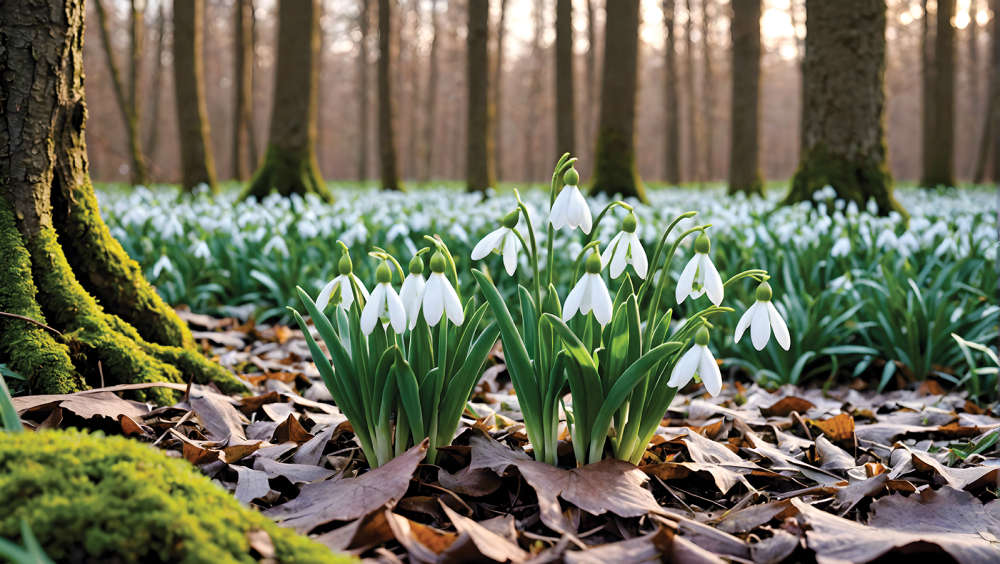
Nothing says ‘Ancient British landscape’ more than a snowdrop-carpeted woodland - yet the snowdrop, (Galanthus) is not indigenous to the UK and possibly didn’t arrive here until the 16th Century, writes Flo Whitaker
Although native to many regions of mainland Europe, snowdrops are recent arrivals in our gardens. Some claim the Romans or French monks bought snowdrops to these shores, but there is no evidence for this. Examine any medieval text or decorative artwork, and you’ll find familiar flowers referenced everywhere – but snowdrops are glaringly absent. Perhaps the answer to this puzzle is that excavated snowdrop bulbs rapidly, and often fatally, dry out? Maybe early travellers collected them, but the bulbs perished en route?
This is why gardeners are recommended to plant snowdrops ‘In the green’ - a method that involves lifting/splitting established clumps and quickly replanting them in spring; when flowering has ceased, but leafy growth remains. The other option is to purchase ‘dry’ bulbs in September/ October from commercial growers who have the skill and equipment necessary to store bulbs in ideal atmospheric conditions.
Whatever method you choose, don’t delay – plant bulbs immediately on receipt! If squirrels/ foxes visit your garden, place temporary wire mesh over newly-planted areas. Animals don’t enjoy snowdrop bulbs, (they are mildly toxic) but, in severe weather, may resort to nibbling roots and shoots.
All flowers have their particular devotees; none more so than snowdrops, whose adoring fans, known as ‘Galanthophiles’, willingly spend the coldest, muddiest time of the year on their hands and knees, as they worship the latest must-have blooms. It’s an incredibly competitive, serious business.
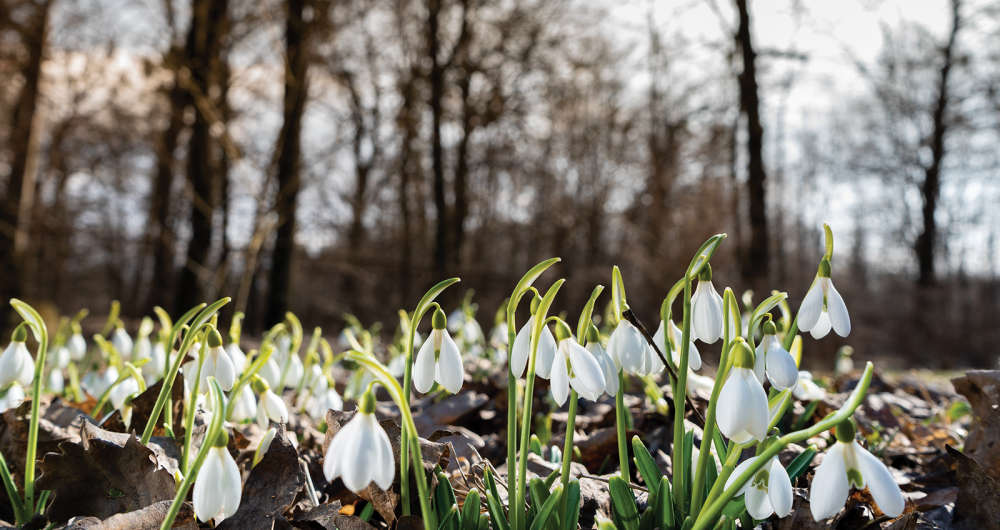
Snowdrops readily cross-pollinate, so there are always new variants to tempt the avid collector. In 2022, a single bulb of the variety, ‘Golden Tears’, sold for £1,850. Fortunately, there are many other types that won’t scorch your credit card. G. ‘Flore Pleno’ bears double-petalled flowers, G. ‘Sam Arnott’ has a strong honey scent, while other varieties offer super-early blooms in October/November, but, for me, nothing beats the exquisite simplicity of G. nivalis; the ‘common’ snowdrop.
Twenty quid will easily buy you 100 nivalis bulbs in the green. Planted in moist soil in light shade, (they thrive in a border, under the canopy of deciduous shrubs) they’ll soon make a substantial, long-lived colony.
Snowdrops much prefer open ground but will stoically endure a short-ish period in a pot. Incorporate moisture-retaining leaf mould in the potting soil and plant them back into a border after a year or two. A selection of small pots arranged on a patio table, featuring springtime dainties such as snowdrops, violas, cyclamen and primulas makes an interesting and colourful display.
Many Sussex gardens are noted for their snowdrop collections and open their gates for ‘Snowdrop Strolls’; an excellent activity which I heartily recommend, as it invariably includes tea, homemade cake and a charity donation. Pay close attention while strolling, and you might even hear the snowdrops whispering, “Hello there – spring is coming”.
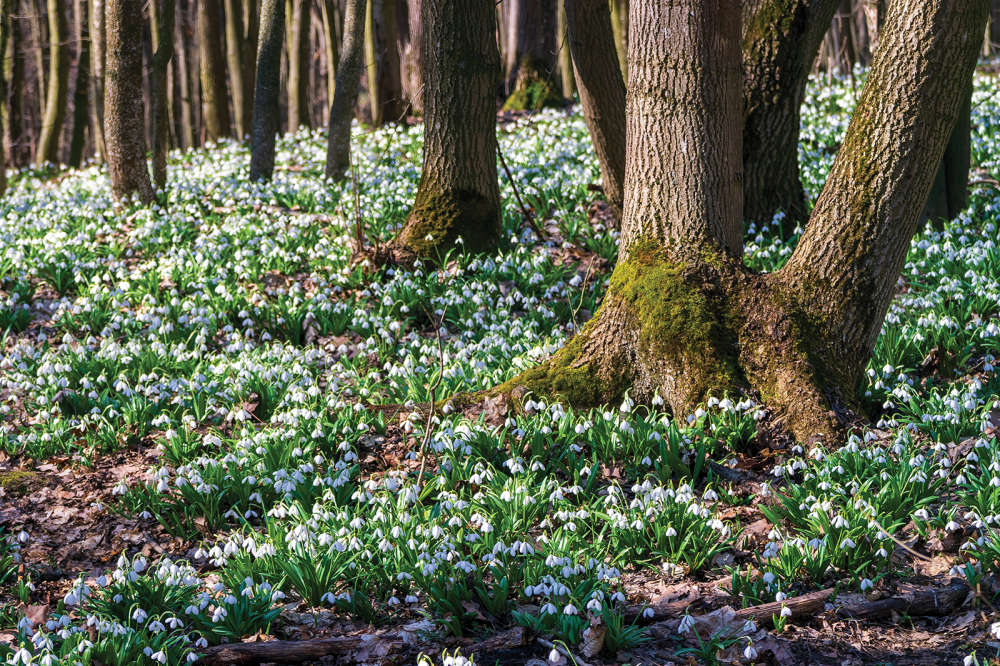

 Homes Extra: Home Sanctuary
Homes Extra: Home Sanctuary
 Home Style: Ancient & Modern
Home Style: Ancient & Modern
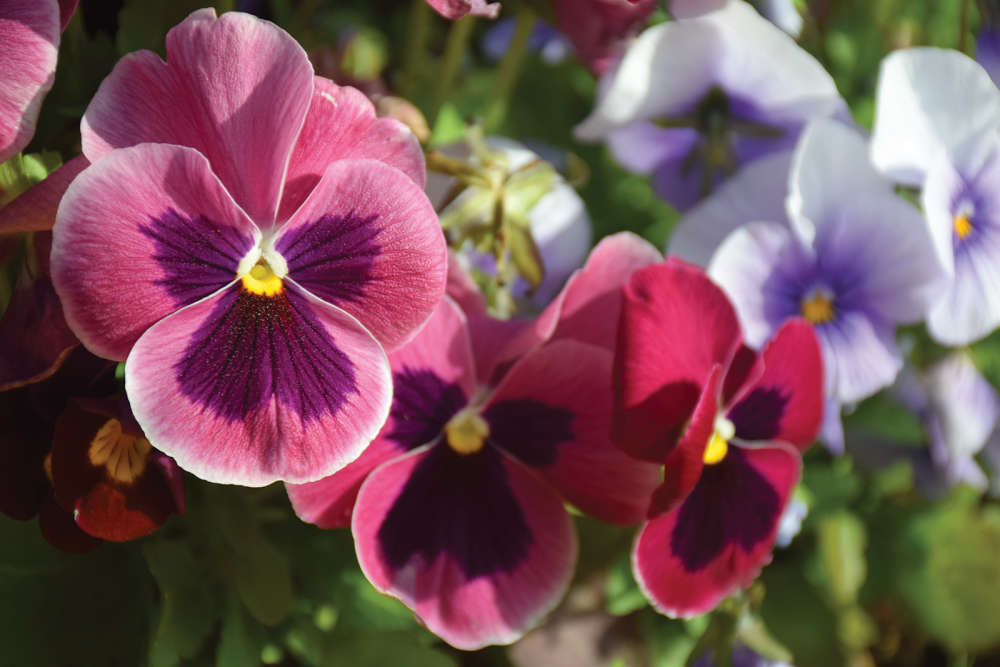 Blooming Times: Happy Faces
Blooming Times: Happy Faces
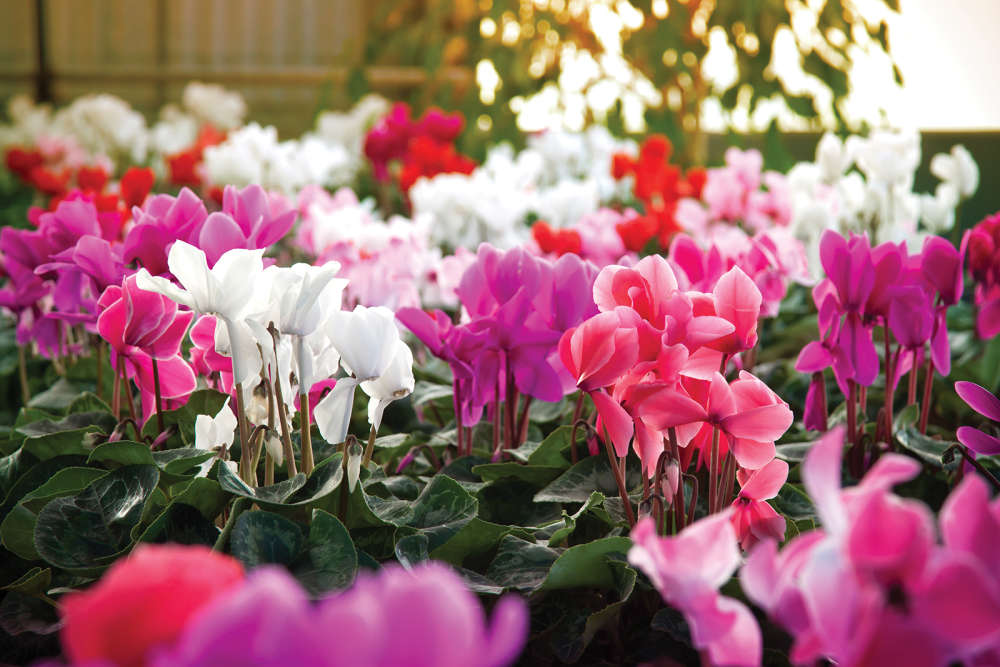 Blooming Times: Winter Sparklers
Blooming Times: Winter Sparklers
 Homes Extra: Restore, Repair, Recycle
Homes Extra: Restore, Repair, Recycle
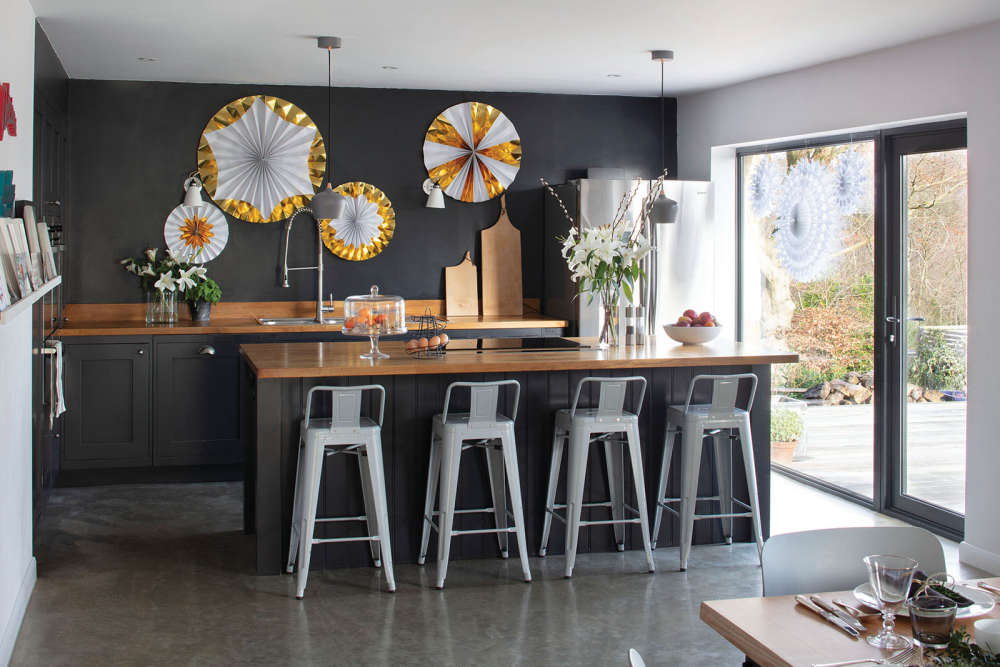 Home Style: A Scandi Winter's Tale
Home Style: A Scandi Winter's Tale
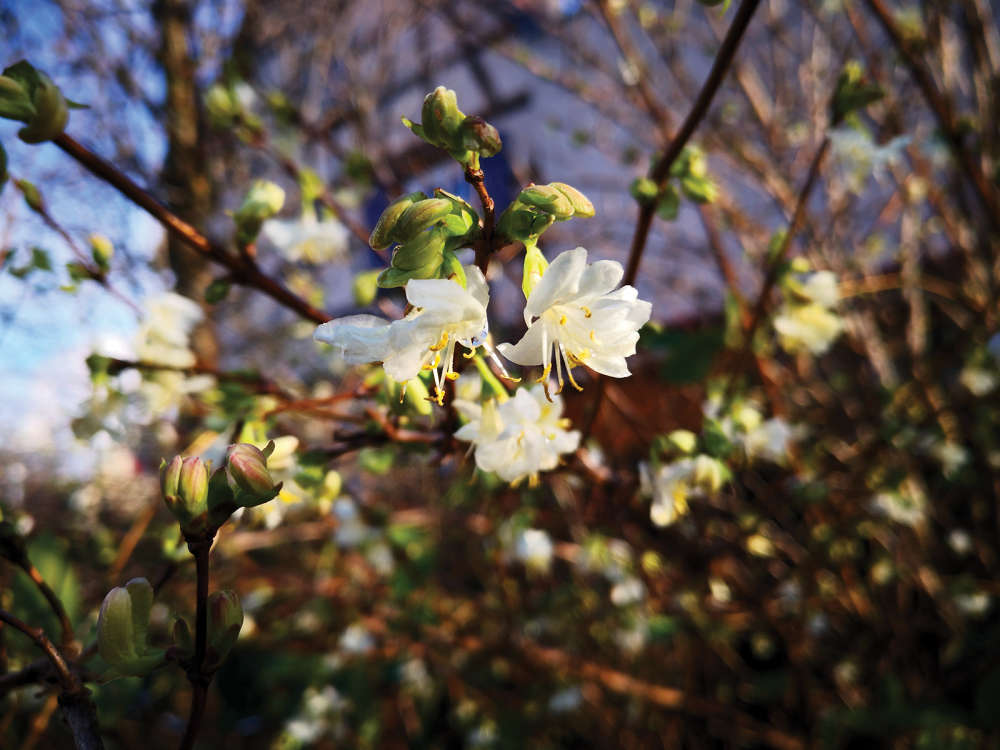 Blooming Times: Winter Wonders
Blooming Times: Winter Wonders
 Home Style: Bold, Brave & Beautiful
Home Style: Bold, Brave & Beautiful
 Blooming Times: The Answer Lies in the Soil
Blooming Times: The Answer Lies in the Soil
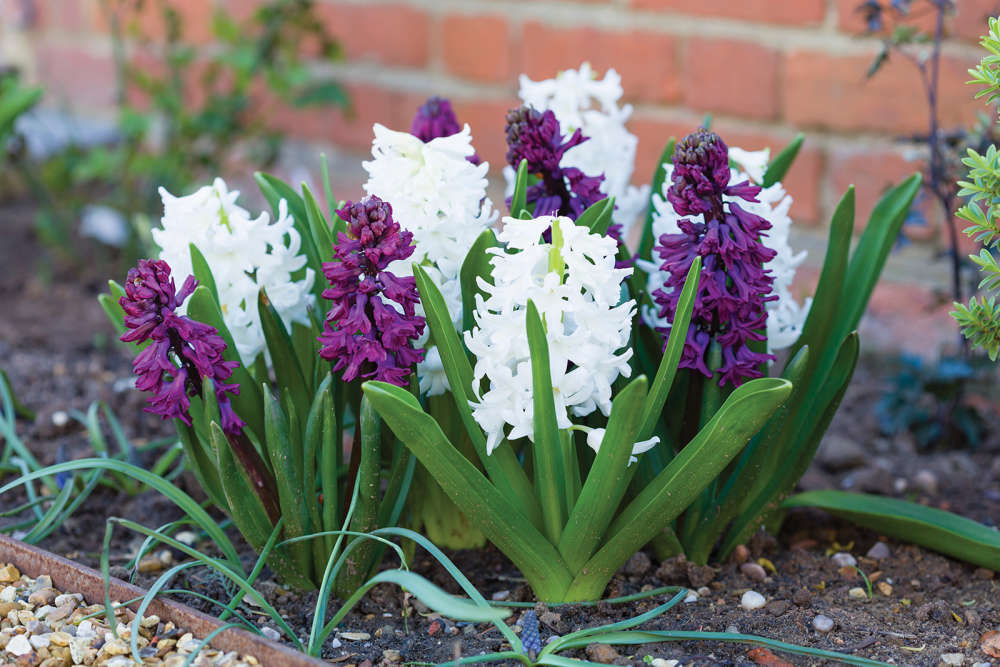 Blooming Times: Heavenly Hyacinths
Blooming Times: Heavenly Hyacinths
 Legendary Builds with Phoenix Construction Services
Legendary Builds with Phoenix Construction Services
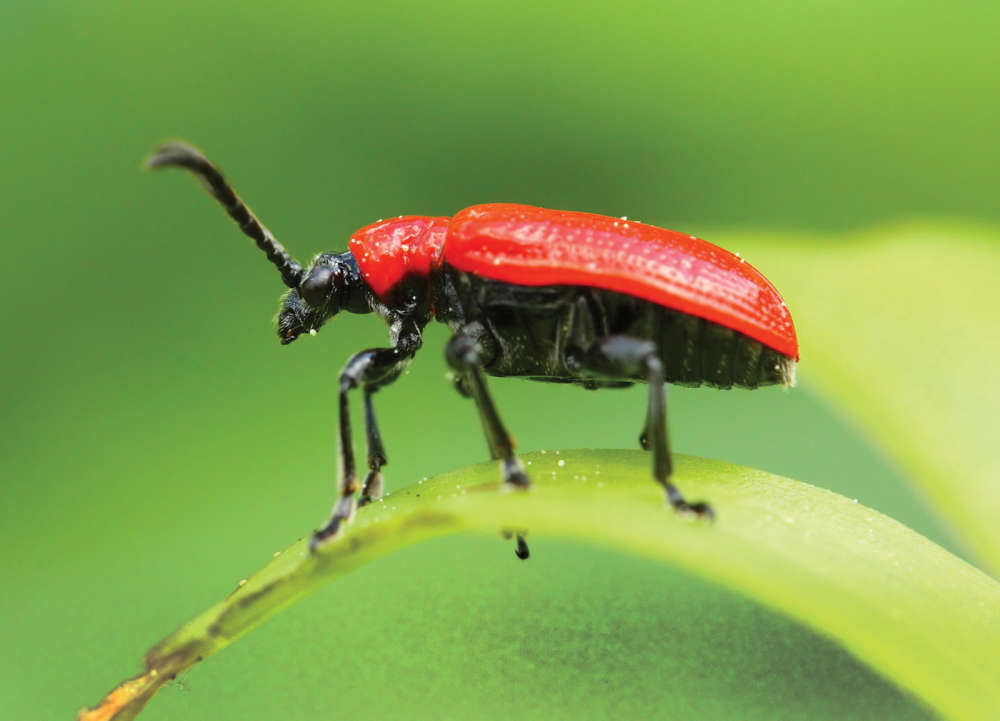 Blooming Times: Know Your Enemy
Blooming Times: Know Your Enemy
 Bespoke Dreams from Eridge Green Kitchens
Bespoke Dreams from Eridge Green Kitchens
 10 Hot Years: iFit Fires & Flues
10 Hot Years: iFit Fires & Flues
 Home Style: Bold Type
Home Style: Bold Type
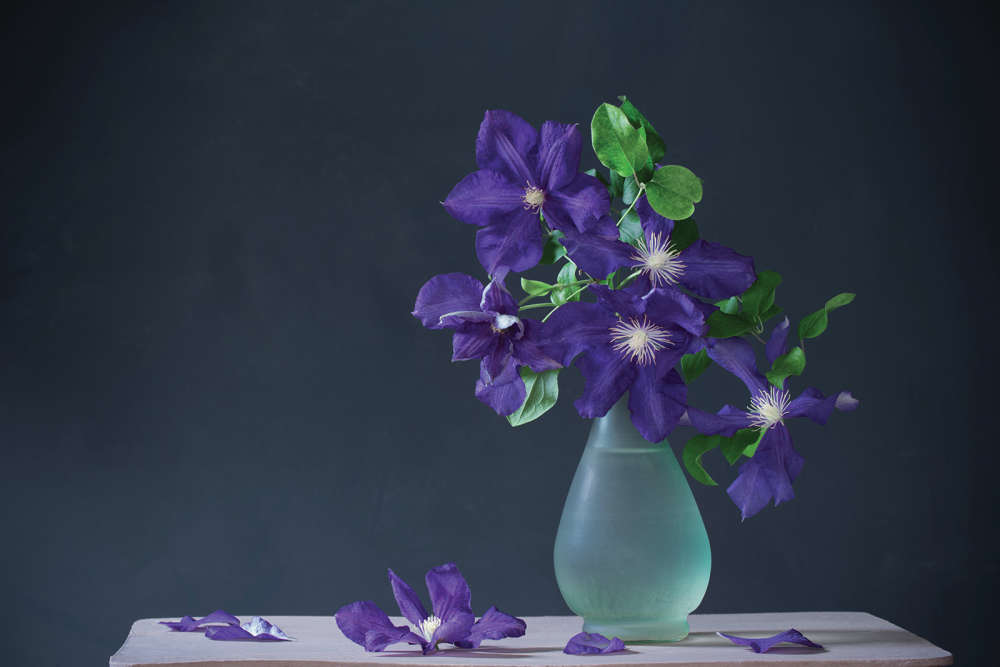 Blooming Times: The Sky's the Limit
Blooming Times: The Sky's the Limit
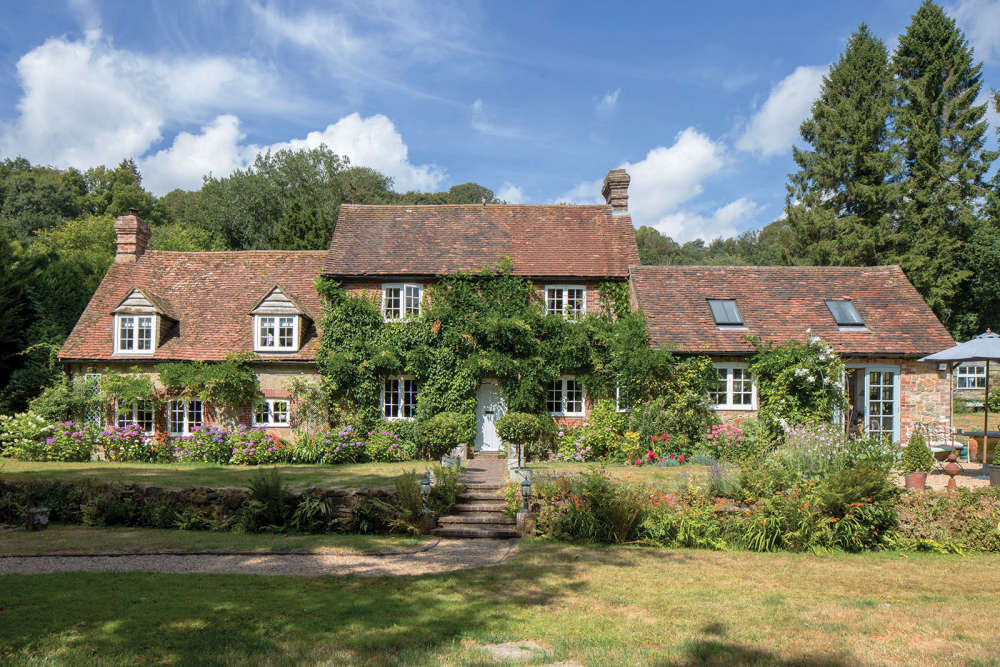 Home Style: A Better Way of Life
Home Style: A Better Way of Life
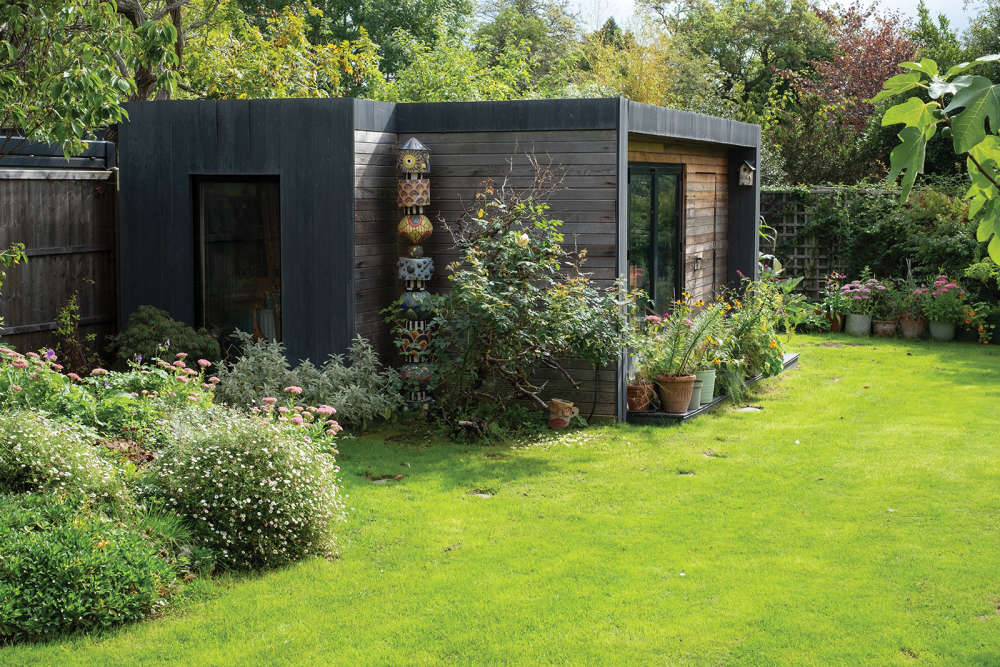 Homes Extra: Shed Space
Homes Extra: Shed Space
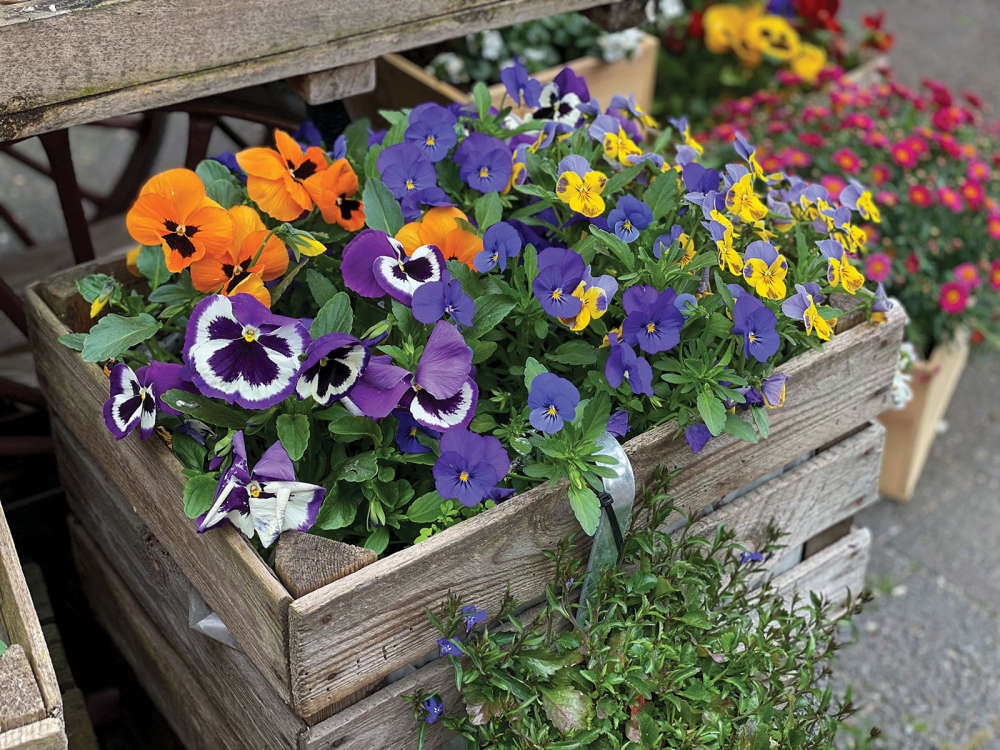 Blooming Times: Top of the Pots
Blooming Times: Top of the Pots
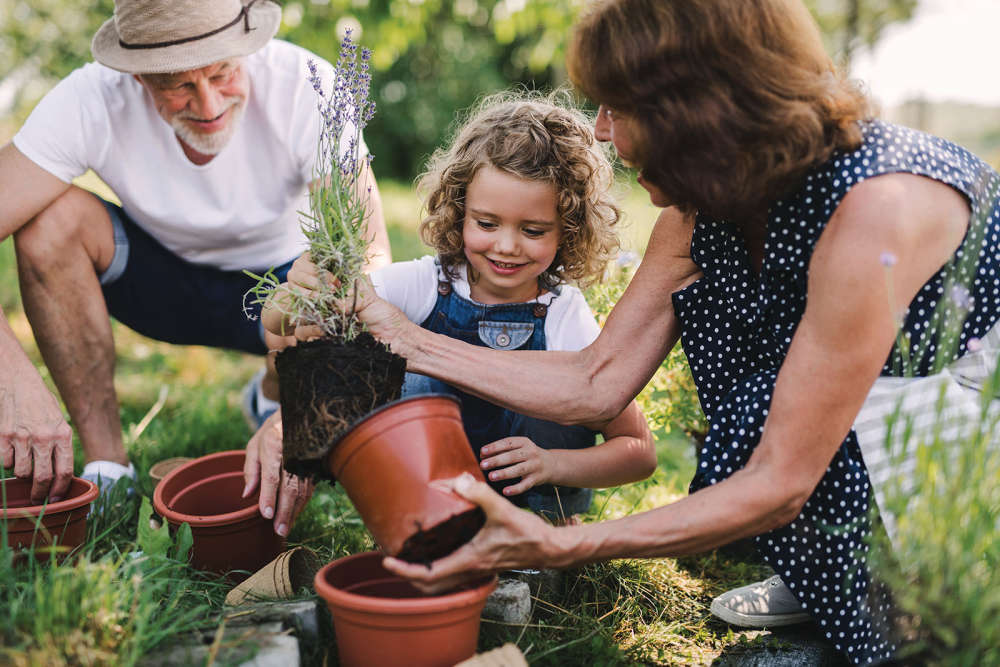 Kids Zone: Get the Kids Growing
Kids Zone: Get the Kids Growing